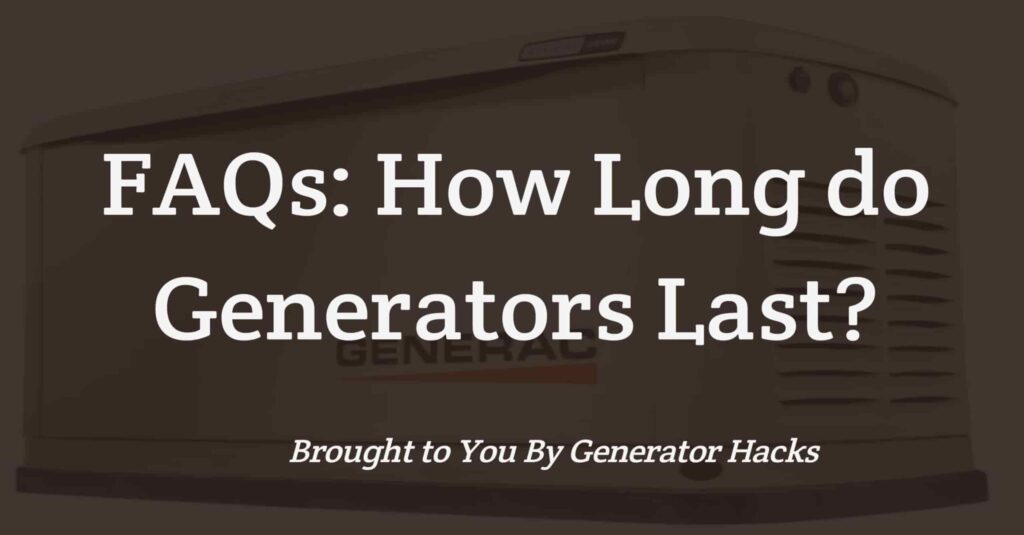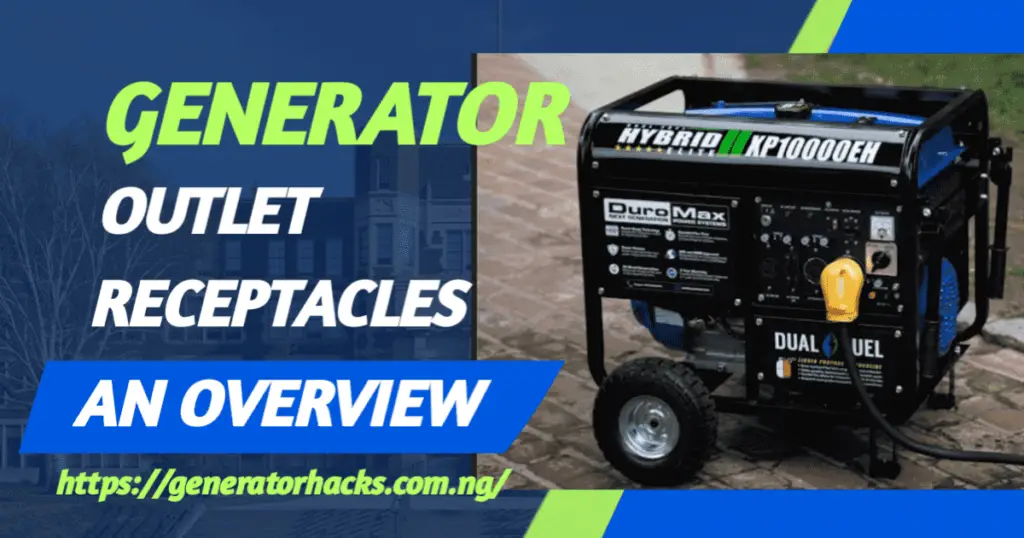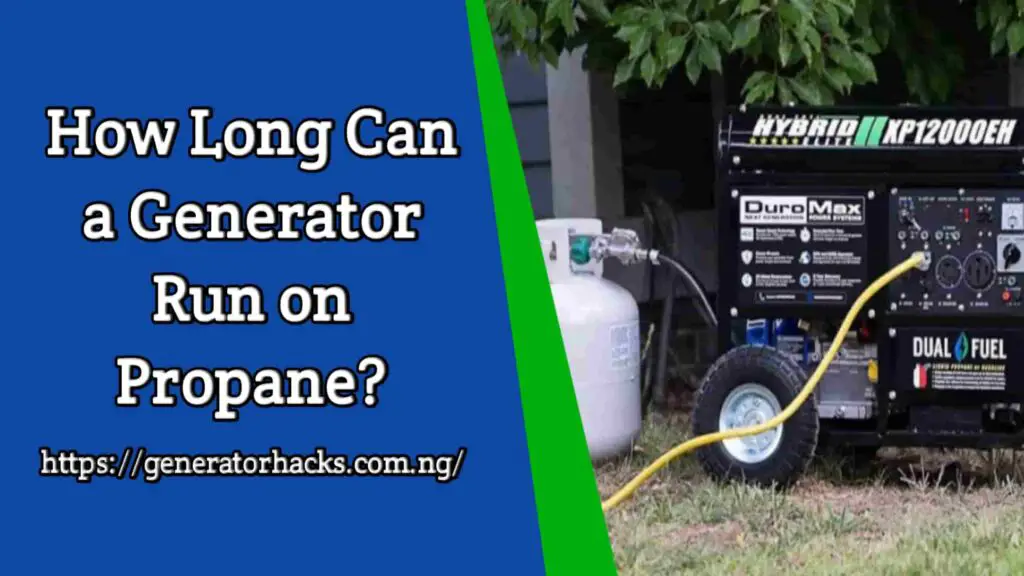As an Amazon Associate, we earn from qualifying purchases. This does not affect the price you pay or the quality of the products you buy. For more information, please read the full affiliate disclosure here.
A weedeater, also known as a weed whacker or string trimmer, is typically a gasoline or electrically-powered device for cutting grass and weeds.
It uses a flexible monofilament line instead of a blade, which makes it less dangerous and better suited for trimming around obstacles like trees and fence posts.
Sometimes, it might refuse to start, and that can be frustrating. To effectively diagnose and fix any issues with a weedeater, understanding its essential components and their functions is crucial.
Here are the critical parts of a Homelite Weedeater:
- Engine/Motor: It’s the power source for your weedeater. Gasoline-powered models have a combustion engine, whereas electric models have an electric motor.
- Fuel Tank/Battery: These store the engine’s fuel source. For a gasoline-powered weedeater, it’s the fuel tank. In an electric weedeater, it’s the battery.
- Carburetor: Found only in gasoline-powered weedeaters, the carburetor mixes air and fuel for the engine.
- Spark Plug: This plays a crucial role in starting a gasoline-powered weedeater. The spark plug ignites the fuel and air mixture in the engine.
- Throttle: This control determines the speed of the weedeater. The more you press the throttle, the faster the string rotates.
- Shaft: This houses the drive shaft, which transfers power from the engine/motor to the string head.
- String Head: Here is where the work happens. The string in the head spins at high speed to cut grass and weeds.
How Do They Work Together
When you start a weedeater, its engine or motor turns on and powers the device.
In a gasoline model, the spark plug ignites the air/fuel mixture from the carburetor to generate power.
This triggers the movement of the drive shaft, which is encased in the shaft and spins the string in the string head.
The throttle allows you to control the speed of the string. The more you press it, the faster the string spins, thus giving more cutting power.
The fuel tank or battery provides the necessary fuel or electric power to the weedeater.
Trouble with your generator? Get expert personalized troubleshooting tips tailored for you alone directly to your email. Contact us now for reliable support and practical solutions. Let’s fix it together – reach out today!
Troubleshooting the Homelite Weedeater Won’t Start

If your Homelite weedeater doesn’t start, it could be due to problems with the spark plug, carburetor, or the fuel system.
These are common issues that can cause a breakdown in the operation of your weedeater.
Here are a few steps to troubleshooting your Homelite Weedeater not starting:
Step 1: Troubleshooting the Spark Plug
Any issues with the spark plug will likely prevent your weedeater from creating.
Begin by ensuring that the spark plug is firmly connected. Inspect it for any visible damage or wear.
A damaged or worn-out spark plug will need to be replaced. You can also check if the spark plug produces a spark.
This can be done by disconnecting it, holding the plug end close to the weedeater’s body and pulling the start rope.
If a spark is produced, then the plug is functioning well. No spark indicates a faulty plug – replace it.
IMPORTANT READ:- How to Clean Spark Arrestor Without Blowtorch: A Simple Guide
Step 2: Checking the Carburetor
The carburetor, which mixes fuel and air for combustion, can also cause issues if clogged.
To check it, you must remove the air filter and inspect the carburetor for any signs of blockages.
If the carburetor appears dirty or clogged, you may need a carburetor cleaning spray.
If the weedeater still doesn’t start, you might consider rebuilding or replacing the carburetor if you’re technically adept or getting it serviced by a professional.
ALSO READ:- How to Stop Fuel Leaking from Carburetor in 8 Steps + Video
Step 3: Examining the Fuel System
A working fuel system is needed for your Homelite weedeater to start. Begin by checking the fuel level in the tank.
If there is enough fuel, but the weedeater isn’t starting, it could indicate a problem in the fuel system.
Inspect the fuel lines for signs of wear, cracks, or disconnection. A disconnected or broken fuel line will need to be replaced.
Also, check if the weedeater’s fuel filter is clogged. You can usually find this at the end of the fuel line within the tank. A clogged filter can be cleaned or replaced.
In addition, Inspect the throttle and make sure the throttle is adjusted correctly and not stuck.
You can also check the string head to see if it is tangled or jammed. If it is trapped or jammed, it might prevent the weedeater from starting.
In that case, ensure you check and troubleshoot it if needed. However, if you think it’s beyond you, ensure you see assistance from a professional.
For more complete troubleshooting steps, this video by small engine repairs explains it vividly.
Homelite Weedeater Maintenance and Preventive Measures
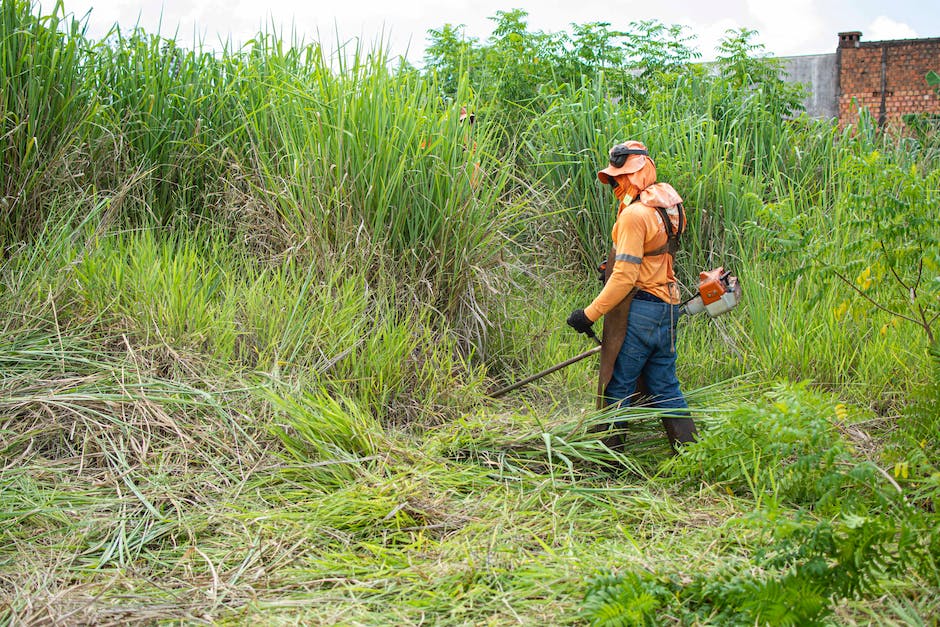
Routine Inspection and Cleaning
The first step towards adequately maintaining your Homelite weedeater is regular inspection and thorough cleaning.
Check all parts, including the fuel tank, spark plug, air filter, and carburetor, for signs of dirt buildup, damage, or wear.
For the fuel tank, empty it and clean it with a rag. If you notice a residue buildup, use some carburetor cleaning solution to dissolve it.
The spark plug should be clean and free of corrosion; replace it if it’s excessively dirty or damaged.
The air filter should also be clean and free of dust or debris. Cleaning it may involve rinsing it with warm, soapy water and leaving it dry before reinstalling it.
In the case of the carburetor, if it seems blocked, a blast of compressed air or a good rinse in a carburetor cleaner should do the trick.
Replacement of Parts
Over time, several parts of your Homelite weedeater may wear out and need replacement to ensure your machine remains in optimal working condition.
Consider replacing the spark plug and air filter annually or more regularly, depending on your usage.
Also, consider the fuel lines. If they have become brittle or have cracks, it’s time to replace them.
This could be the root of your starting issues, as deteriorated fuel lines may allow air into the fuel system, inhibiting the necessary fuel flow to the engine.
Fuel Mixture Maintenance
Fuel issues are among the most common reasons a weedeater won’t start. Utilize the correct fuel-oil mix for your particular Homelite weedeater.
Be sure not to overdo the oil, as this could cause your spark plug to foul, causing starting issues.
Moreover, always use fresh gasoline when preparing the fuel mix for your weedeater.
Gasoline often becomes stale after a month, and stale gas can gum up the carburetor, leading to starting difficulties.
Appropriate Storage
Proper storage of your Homelite weedeater when not in use can prevent many starting problems.
Always store it in a cool and dry place, preferably covered, to protect it from dust. Also, remember to empty the fuel tank if you are planning to store it for a long time, as the gas can stale and cause starting issues when you try to use it again.
Moreover, removing the battery (if your Homelite weedeater is a battery-operated model) and storing it separately in a cool place can help prolong its life and efficiency.
By performing these preventive measures and regular maintenance tasks, you can significantly improve the lifespan of your Homelite weedeater and reduce the likelihood of it not starting.
Hands-on Repair Practice: Professional StandPoint
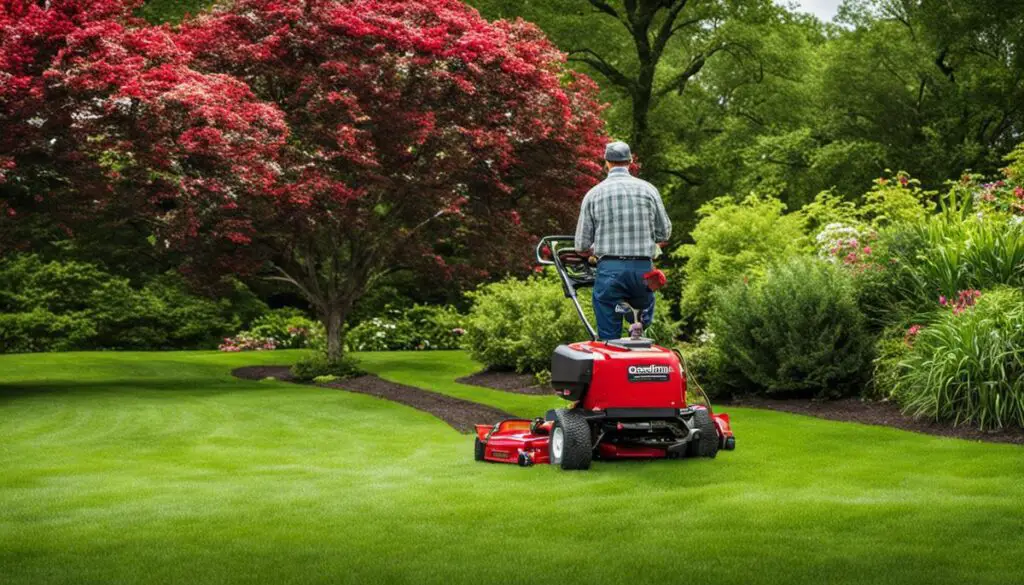
You already know why your Homelite weedeater doesn’t start, which might result from dirty spark plugs, gas, and carburetor to damaged ignition coils.
From a professional standpoint, each problem will require a different approach in the repair process.
Let’s look into these causes and how you can pick to repair them yourself.
Tracking the Real Problem
When tackling your Homelite weedeater, first check the basics. Ensure you have the correct gas/oil mixture in your weedeater and that everything is connected correctly and tightened.
The most common issue is often a dirty carburetor or an old spark plug, so focus on these areas first. Replace the spark plug if necessary and clean out the carburetor with a carburetor cleaner.
Carburetor Cleaning
After diagnosing the problem, initiate the repair. If it’s a carburetor issue, remove it from the machine.
Use a carburetor cleaner to remove any gunk or residue, thoroughly cleaning all components before reattaching.
Be careful not to misplace small parts during this process, as they are crucial for the weedeater’s operation.
Spark Plug Replacement
If the spark plug is your issue, gently remove the old one and replace it with a new one.
Make sure it’s a perfect fit and is secured well. Consult the user’s manual to ensure you have a correct replacement if you’re not sure.
IMPORTANT READ:- 5 Best Spark Plugs for Honda Lawn Mower GCV160
Final Thought
After you’ve made the necessary corrections, it’s time to test out your Homelite weedeater. Fuel it up with the right mixture, and try to turn it on again.
If it still doesn’t start, you may need to repeat the process or consider if there are other issues at play, like the compressor valve, engine oil, gaskets, ignition system and others.
Loosen the ignition switch and check if it’s the issue; if it is, ensure you replace it with the adequate part needed. You can consult a qualified professional for assistance cause the rest aspects are technical and not advisable for DIYs.
Share